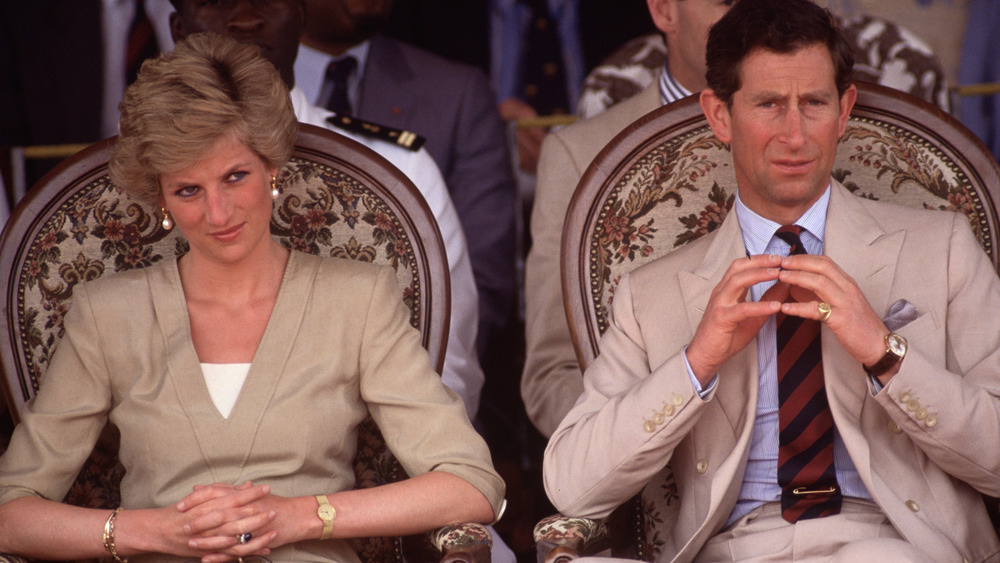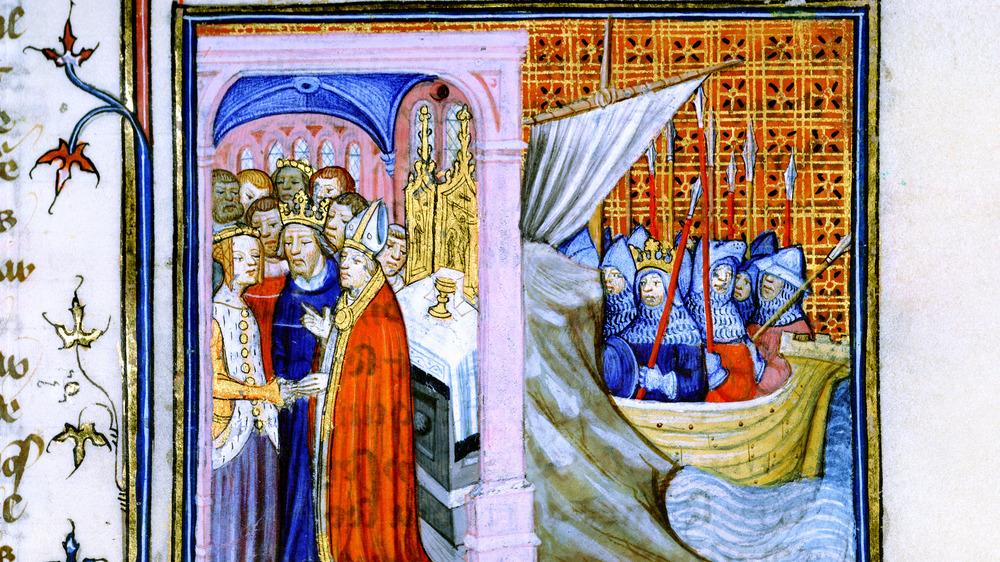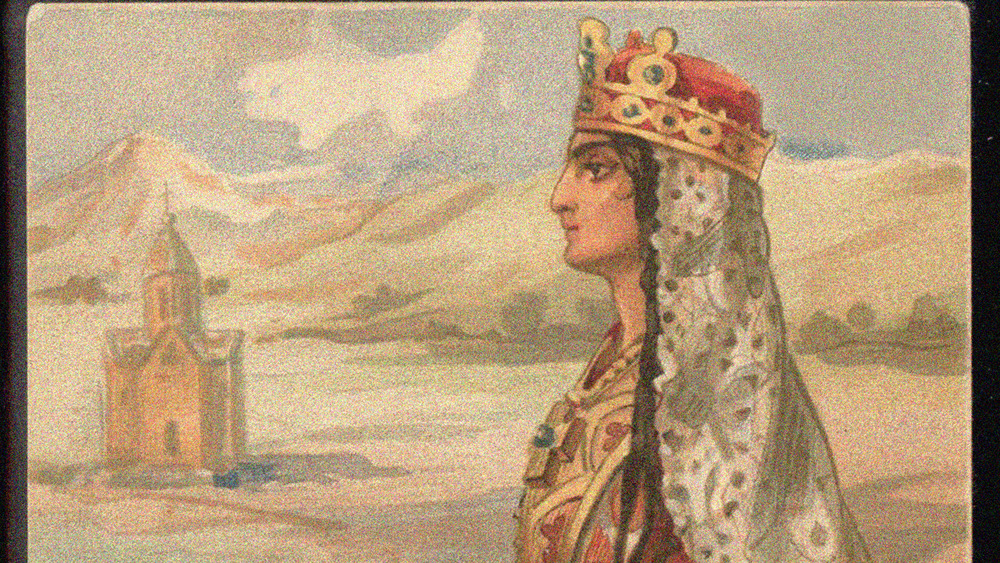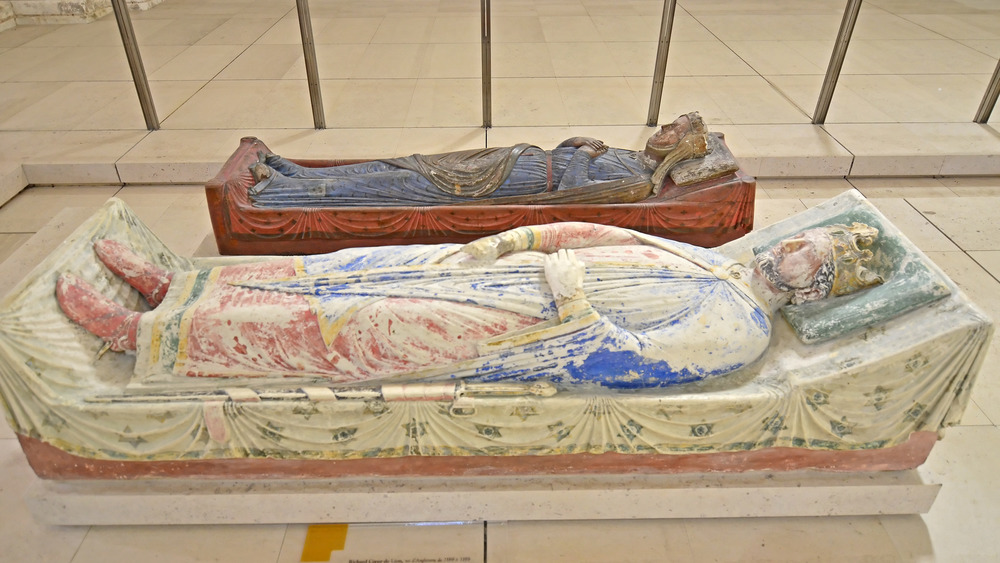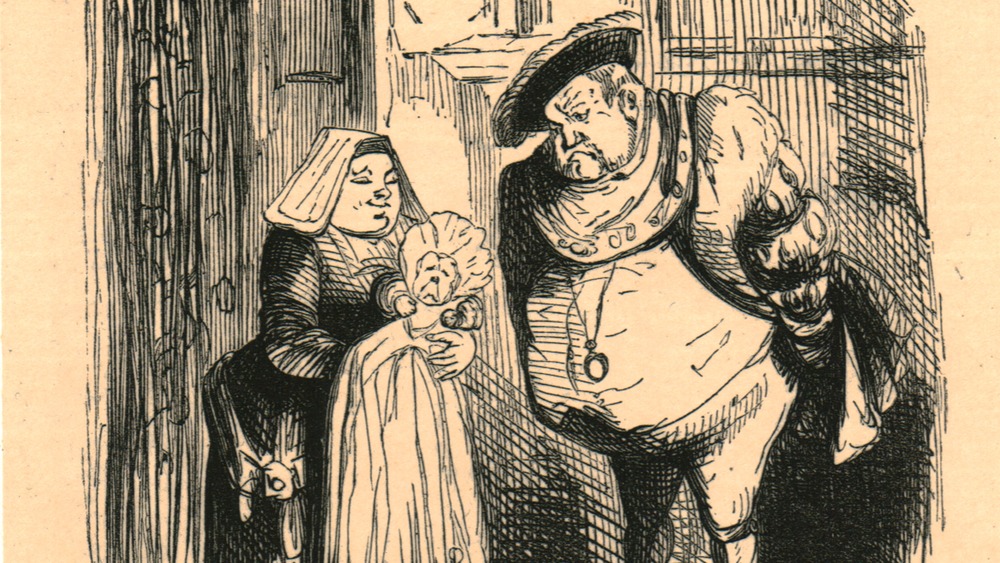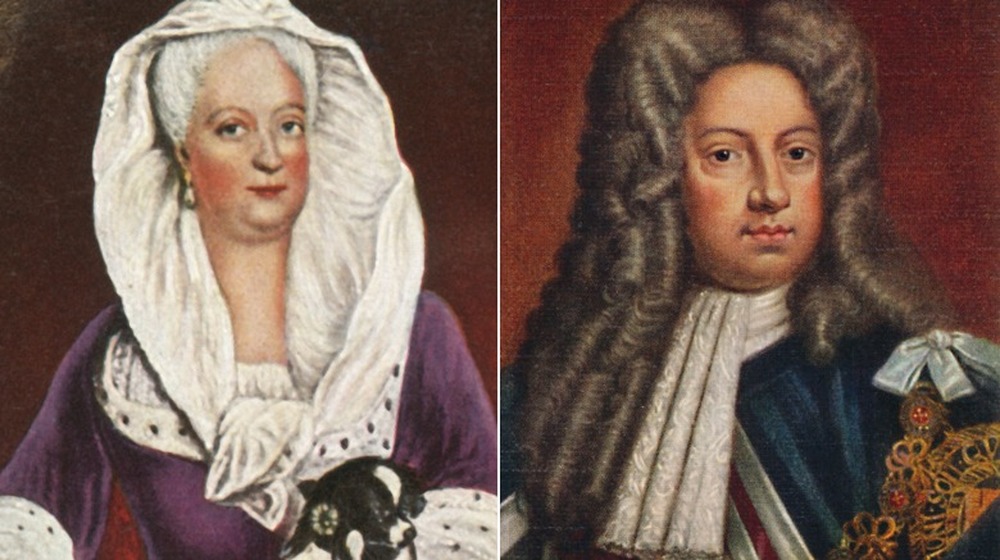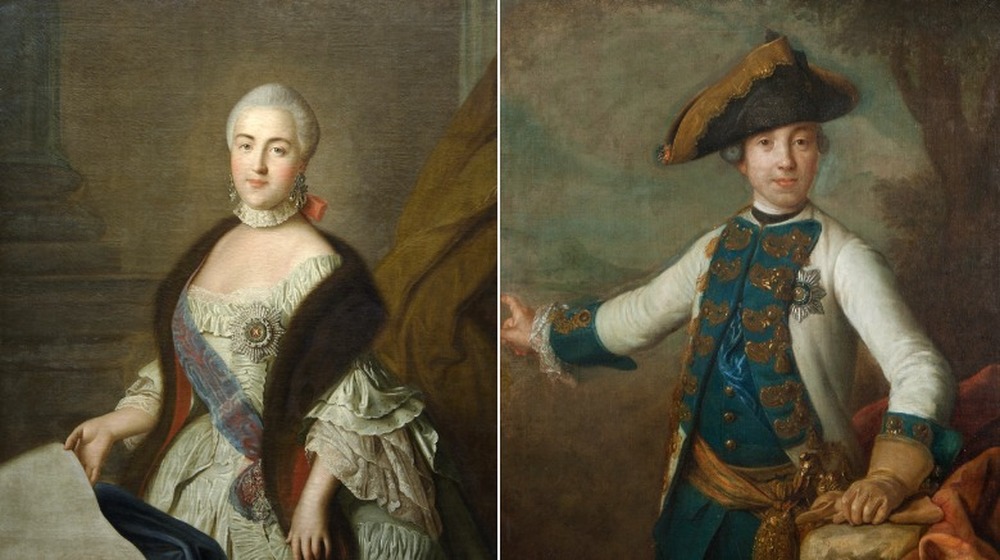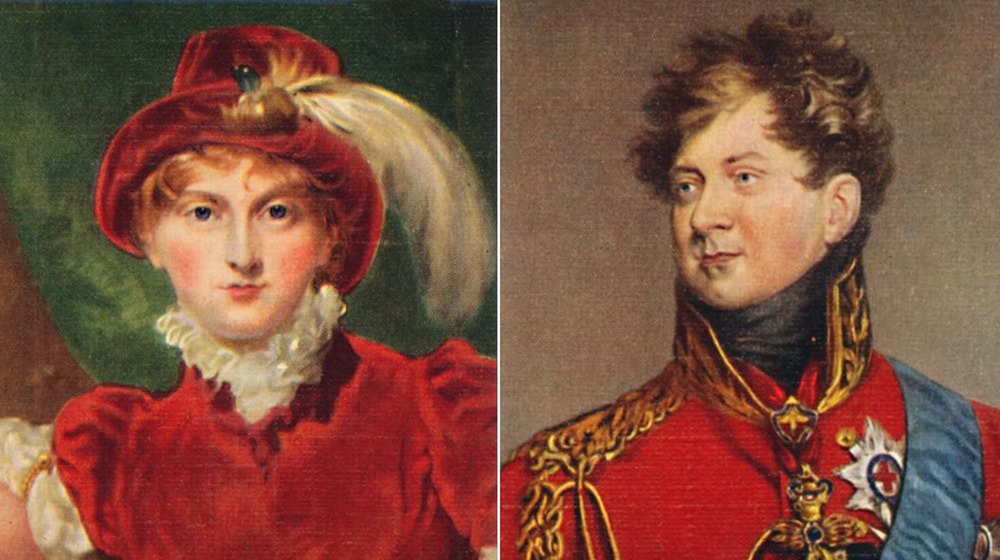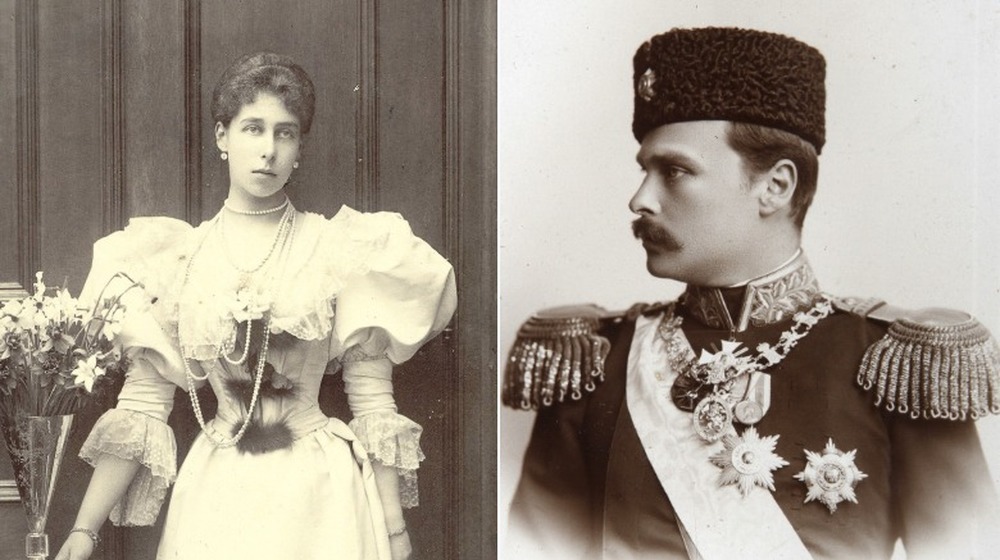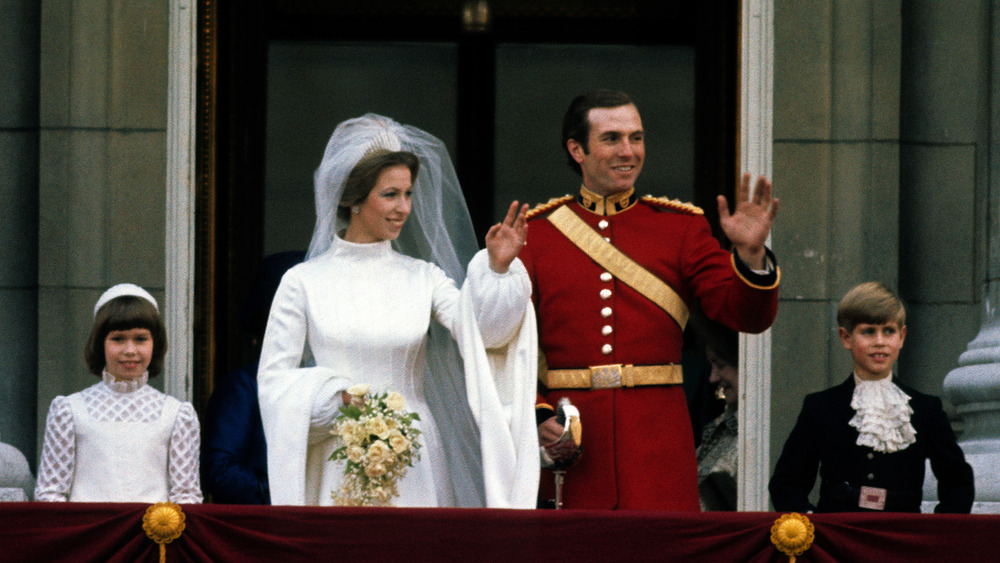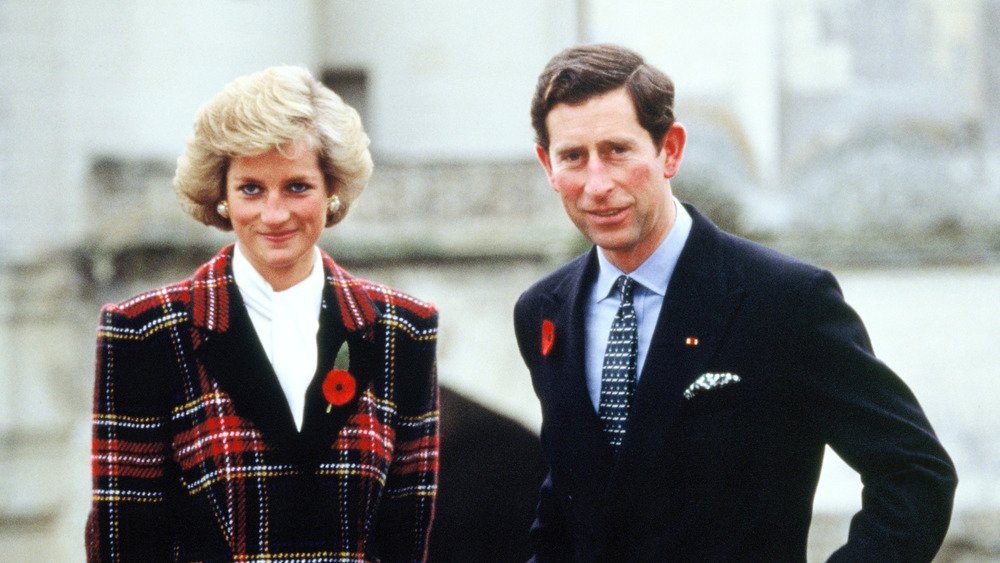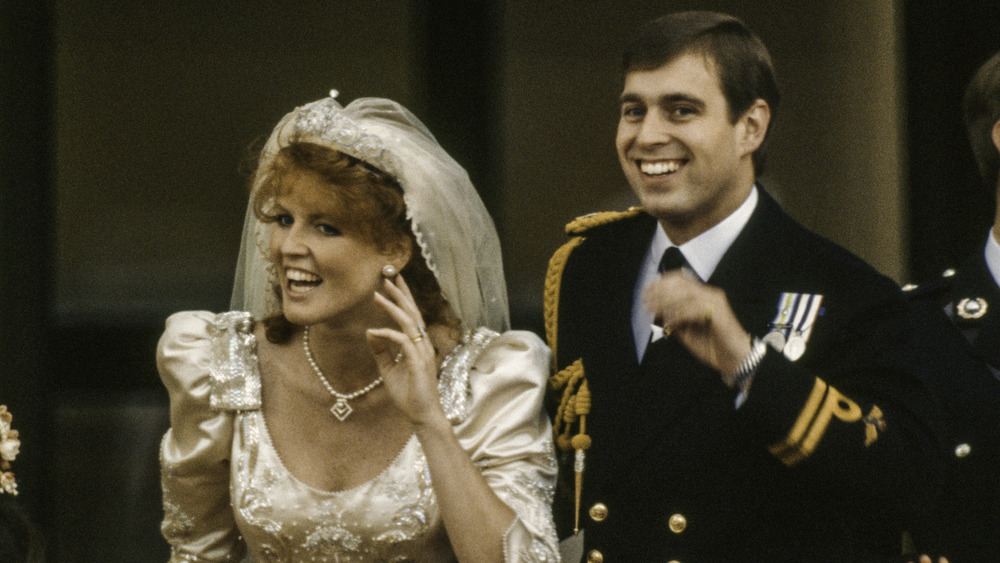Royal Marriages That Went Horribly Wrong
Throughout royal history, marriage has been more of an economic and political arrangement than a romantic one. Many royal marriages have been strategically arranged by royal superiors, and nothing kills the mood like having your grandparents play Cupid. Though modern royals are allowed more romantic freedom, they are subject to global scrutiny for so much as baby showers, unpolished toenails, or suggesting that pepperoni is spicy.
Royal weddings have always been lavish cultural events held in hallowed cathedrals and bathed in an ambience of ethereal hymns, glistening heirloom jewels, and bizarre hats. Today, they also include star-studded guest lists and are televised to the masses. Whenever a royal baby is born, commemorative plates and mugs clutter gift-shop shelves. But in some cases, the fairytale fanfare ends there.
The tribulations of royal unions are elevated on the world's stage as much as—or even more than—the joys. Royal romantic drama is immortalized in history books, the gossip circuit and, more recently, in the round-the-clock accessibility of multimedia. The drama extends far beyond who forgot to take the trash out; it can shake the institutions of royalty and even the state of global relations (no pressure). Some of the most spectacular failures in royal marriage have resulted in banishment to faraway lands, decades of imprisonment, international coups and revolts, and grotesque deaths. Well, all's fair in love and war...
Eleanor of Aquitaine and Henry of Anjou fought fire with fire
Armed with a top-notch education and a humongous inheritance, BBC describes Eleanor of Aquitaine as "one of the most powerful women of the Middle Ages." She was crowned the Queen of France after marrying Louis VII, and according to Britannica, Eleanor "exerted considerable influence over him, often goading him into undertaking perilous ventures." Simmering resentment, rumors of her infidelity, and the birth of their two daughters rather than a male heir led the couple to annul their marriage in 1152. Per Ancient History Encyclopedia, they cited "consanguinity" (i.e. the fact that they were third cousins, once removed).
But "consanguinity" didn't stop Eleanor from marrying another, more closely related third cousin two months later. Her second husband, Henry of Anjou, later became King Henry II of England. Over nearly two decades, Eleanor played an active role in ruling Henry's empire while birthing five sons and three daughters somewhere along the way. However, it sounds like they weren't a big happy family. As BBC wrote, "In 1173 two of Eleanor's sons involved her in a plot against their father," and according to Britannica, "she gave her sons considerable military support." Some historians wonder if Eleanor instigated the revolt as vengeance against her husband's infidelities. Henry II found out about the plot and, and as History noted, imprisoned Eleanor for 16 years. Their son freed her after Henry's death in 1189, but she ultimately couldn't escape her husband: Upon her death in 1204, she was buried next to him in France's Fontevraud Abbey.
Tamar of Georgia proved women can be king
Tamar of Georgia was the nation's only female king. In 1178, her father, King George III, crowned an 18-year-old Tamar his co-ruler. When he died in 1184, she was declared Georgia's sole ruler, even though, as The Culture Trip pointed out, some critics saw her age and gender as weak spots in her dominion. The country's nobles shoved Tamar into a marriage with Rus Prince Yuri, whose father was killed. According to The Culture Trip, while Yuri was a "skilled soldier," he made "not a good husband."
Despite the old ball and chain, Tamar became more self-assured over time, thanks to her ability to rule, the power she accrued, and her status in the court, boosted by the death of one of her most vocal critics. According to Asian Geographic, the empowered Tamar then "accused [Prince Yuri] publicly of drunkenness and sodomy." The outlet added that the royals agreed "to approve of her divorce, and exiled the disgraced Yuri to Constantinople." Tamar chose her second husband herself: a prince and military commander named David Soslan. He was so in her corner that when a rebellion bubbled up against King Tamar, he flat-out shut it down. Tres romantique.
Isabella might've had more luck if she was the He-Wolf of France
Isabella was known as the "She-Wolf of France," and it all began in 1308 with her marriage to Edward II and their coronation as king and queen. At that point, Edward had been "infatuated" with a southern French nobleman named Piers Gaveston for years, according to HistoryExtra. Many speculated that Gaveston was the king's lover as well as his confidante. And it didn't end well: As the site noted, "Gaveston was assassinated in June 1312 by a group of English barons sick of his excessive influence over the king." Then, an English nobleman called Hugh Despenser the Younger became Edward's new "favourite." According to HistoryExtra, Isabella "loathed and feared Hugh Despenser."
When King Edward went to war with Isabella's brother, Charles IV, in 1324, he "began to treat Isabella as an enemy alien and confiscated her lands." She found a new lover in Roger Mortimer, and together they led a rebellion against Edward and Despenser's tyrannical reign. The rebel group invaded England on September 24, 1326, capturing and violently executing Despenser. The king's support crumbled immediately, and as for the keys to the throne? Edward was ordered to hand them over to his and Isabella's son who was just 14 years old. Legend has it Edward II was allegedly killed with a red-hot poker the following year, but as HistoryExtra pointed out, this story was "dismissed by modern experts on the era." The outlet also noted Isabella was buried with Edward's "heart on her breast."
Henry VIII's wives lost their heads... literally
One would think that the women of 16th-century England would steer clear of King Henry VIII in order to keep their heads. Apparently not, as he was involved with six wives and many mistresses over the course of his 36-year rule. King Henry VIII's soap opera-slash-horror show of a love life also led to global consequences including an "unstable succession, foreign policy implications and even led to the break with the Church of Rome," according to History.
When Henry VIII married Catherine of Aragon in 1509, his top priority was to continue his bloodline by producing an heir to the throne, but their only surviving child was a daughter. Frustrated, the king annulled their marriage and moved on with Anne Boleyn—but she, too, bore a daughter. "Henry accused [Anne] of adultery and treason and had the marriage annulled," wrote History. And then, off came her head. A few days after Anne's beheading, Henry married her lady-in-waiting, Jane Seymour, who birthed Henry's desired male heir but abruptly died due to complications of childbirth.
Later, in a case of medieval catfishing, Henry saw Anne of Cleves' portrait and decided to marry her, only to discover the painting bore no real-life resemblance. Another divorce ensued. Apparently not immune to romance, History noted that Henry called his next wife, Catherine Howard, his "rose without a thorn"—until she was beheaded due to rumors of adultery. Henry's sixth and final marriage to "peacemaker" Catherine Parr was his smoothest, and she managed to outlive him by a year.
The 'princess of Ahlden' never got to be the queen
The disapproving mother-in-law is a trope as old as time—or at least as old as 1682, the year Sophia Dorothea married George Louis. George was Sophia's cousin and an elector of Hanover, and he later became King George I of England. According to Britannica, Sophia's mother-in-law and aunt, an electress also named Sophia, addressed Sophia Dorothea with a disdain that soon poisoned George's own perception of his wife.
Feeling the weight of this hatred, Sophia Dorothea joined forces with Count Philip Christoph von Konigsmark in a failed attempt to escape from Hanover. When George learned of this conspiracy in 1694, he had the count killed, divorced Sophia Dorothea, and imprisoned her in the castle of Ahlden in Germany. The historical figure who, as Britannica noted, "is sometimes referred to as the 'princess of Ahlden'" remained imprisoned for 32 years, until her death in 1726. According to Royal Collection Trust, she died "without ever having set foot in England or having been acknowledged Queen Consort."
Catherine's marriage paved her way to Greatness
In 1744, Sophie of Anhalt-Zerbst, daughter of Prussian nobles, headed to Russia to meet her second cousin, Russian heir Peter III. According to Biography, although many were fans of the "vivacious" Sophie, she and Peter quickly developed a mutual distaste. Even so, the teenagers rushed into an arranged marriage the following year, and Sophie changed her name to Ekaterina, the Russian equivalent of Catherine. Their union didn't exactly start on a blissful foot: As Biography noted, "[Peter] abandoned her on their wedding night to party with friends and things went downhill from there." While Catherine distracted herself from her husband by reading books by Enlightenment authors, Peter had been a poor student, and spent most of his time, as Biography put it, "with soldiers — both toy and real — forming guards' units that he ceaselessly trained." Before long, the ill-suited spouses each had extramarital affairs.
After Peter's aunt (and Russia's Empress) Elizabeth died in 1762, Peter became ruler and severed Catherine's social alliances. Convinced that Peter planned to divorce her, Catherine gathered her social resources to lead a coup against him, and the Russian church crowned her the nation's ruler. Meanwhile, Peter was arrested and exiled — and yes, he lost the throne, too. And then, just a little over a week later, he died. Catherine the Great went on to rule for 34 years, the longest reign of any woman in Russian history. According to Biography, "Catherine's complicity in Peter's death remains a hotly debated topic."
George IV locked Caroline of Brunswick out of his coronation
When Caroline of Brunswick and George IV first laid eyes on each other in 1795, she told him that he was "very fat and not half as handsome as his portrait," while he "reportedly staggered backward and asked for brandy," according to Encyclopedia.com. George, who was then the prince of Wales, preferred more mature women, while Caroline was "often accused of inappropriate utterances" and mocked for her foul body odor. On their wedding night, George got thoroughly drunk and passed out in a grate, and Caroline left him there. The prince soon deserted Caroline for his five-plus mistresses.
After the couple's separation, Encyclopedia.com wrote Caroline was "given permission to see [their daughter] for about two hours a week." When she adopted another son and a daughter, she was accused of bearing another man's children, but was found not guilty in 1805, per Britannica. Caroline moved to Italy once her royal duties were kaput. There, she found romance with a messenger named Bartolomeo Pergami. When George became King in 1820, he tried to pay Caroline to stay in mainland Europe, but she returned to assume her role as Queen. According to The Vintage News, she was barred from his coronation at Westminster Abbey, and when she tried to get in, "the Deputy Lord Chamberlain slammed the door in her face." Caroline pounded on the door to no avail. She fell ill that night and died 19 days later.
Queen Victoria's granddaughter had to fight for happiness
Princess Victoria Melita, known to her friends as "Ducky," had a lot to live up to as Queen Victoria's granddaughter. Though the princess fell in love with her Russian cousin Cyril Vladimirovich Romanov, her royal grandmother had other plans. According to historical novelist Laurie Graham (via HistoryExtra), the queen deemed Cyril "too foreign" and arranged for Ducky to marry her other cousin, Grand Duke Ernest of Hesse. Ernest was gay, but he reluctantly agreed to marry the princess. Ernest's sister, Alix, shared the news of her own engagement at Ernest and Ducky's 1894 wedding. Clearly, things were off to a great start.
Drowning in the loneliness of a loveless marriage, Princess Victoria begged her grandmother to allow a divorce. Alas, such a thing wouldn't happen on Queen Victoria's watch. When the Queen died in 1901, the princess demanded a divorce, which prompted Alix to become her sworn enemy. Following her only daughter's death to typhoid, a grieving Princess Victoria wed her first love, Cyril, "quietly and without the tsar's permission," according to HistoryExtra. In an act of vengeance, Empress Alix took Cyril's title. Alix also demanded he hit the road, so Cyril and the princess gladly relocated to Paris and welcomed two daughters. Before long, Russian Tsar Nicholas asked Cyril to come back to Russia, and as History Extra put it, "Overnight Ducky became the Grand Duchess Victoria Feodorovna."
Horses couldn't save Princess Anne and Captain Phillips' marriage
In 1973, Princess Anne's wedding to Captain Mark Phillips was televised from Westminster Abbey and watched by more than 500 million viewers around the world. According to the Chicago Tribune, Princess Anne met the captain in 1968 at a "party for horse lovers," and they got engaged five years later. Upon their engagement, a reporter asked Princess Anne whether she believed the marriage "could withstand the pressure of public duty" (per People). "It's got to, hasn't it?" the princess reportedly responded.
But no marriage can survive solely on horses. Trouble brewed as the couple's respective work duties began to take precedence and their appearances together dwindled. The princess and the captain would, as the Express put it, "regularly check into separate hotels when travelling together." That was only the tip of the not-so-discreet iceberg. In 1989, the Chicago Tribune reported, "Phillips had semi-public affairs with a British television anchorwoman, a Canadian public relations executive and even with an Indian call girl, Pamella Bordes." The couple separated that year when intimate letters were unearthed between Princess Anne and Commander Timothy Laurence. Then, in 1991, an art teacher from New Zealand told the Express that she had a child by Phillips five years prior, before his separation from the princess. Though the captain denied these claims, a DNA test promptly proved his paternity. Despite the princess' initial vow to stay (lovelessly but legally) married to the captain, their divorce was finalized in 1992.
The media wouldn't leave Prince Charles and Princess Diana alone
"There were three of us in this marriage," Princess Diana said in her infamous 1995 Panorama interview, "so it was a bit crowded." Her and Prince Charles' romantic turmoil began before their 1981 wedding when, according to Diana: Her True Story, Charles told Diana she was "a bit chubby" a week after their engagement. The comment was a catalyst for Diana's bulimia, which, as she revealed in the book, he also criticized for being a "waste" of food. As their marriage went on, Diana's mental health struggles escalated, and in her biography she said Charles brushed her off after she threw herself down a flight of stairs in despair.
Of course, Prince Charles' ongoing, and at times overt, love affair with Camilla Parker Bowles was at the heart of the royal couple's undoing. The affair, combined with Diana's feelings of inadequacy and displacement within the royal establishment, led the couple to part ways in 1992. Their divorce was finalized in 1996, the year after Diana's explosive Panorama interview. The couple's marital difficulties drew major attention from the press, which contributed to the circumstances of the princess' tragic death in 1997.
Prince Andrew and Sarah Ferguson's relationship was a tabloid staple
In her autobiography, Sarah Ferguson writes that in the good old days, she and Prince Andrew would "sneak to the back of the stands" boring polo matches to play tag with their fellow antsy kids. Despite this early rapport, they lost touch until they were reintroduced by Princess Diana in the '80s. A whirlwind romance ensued: They announced their engagement soon after they began dating, and had a traditionally lavish wedding at Westminster Abbey in 1986. Half a decade and two daughters later, Prince Andrew and the Duchess of York were spending a significant amount of time apart due to the prince's naval duties, and rumors swirled that the distance—along with whispers of the duchess' alleged infidelity—was unraveling their marriage.
In 1992, one of the couple's many tabloid scandals struck when the duchess was photographed lounging in a bikini with Texan financial adviser named John Bryan, with her toes in his mouth, while she was married to Prince Andrew. Fergie and the prince had separated earlier that year, and their divorce was finalized in 1996. Still, unlike their fellow failed royal marriages, it didn't all end in tears (or rolling heads, or embalmed hearts). The former spouses remain close friends despite their respective eyebrow-raising scandals. In 2019, the headline-grabbing pair even sparked rumors of a possible romantic reunion, but for now, they seem content to be, as Ferguson told the Daily Mail,"the happiest divorced couple in the world."

